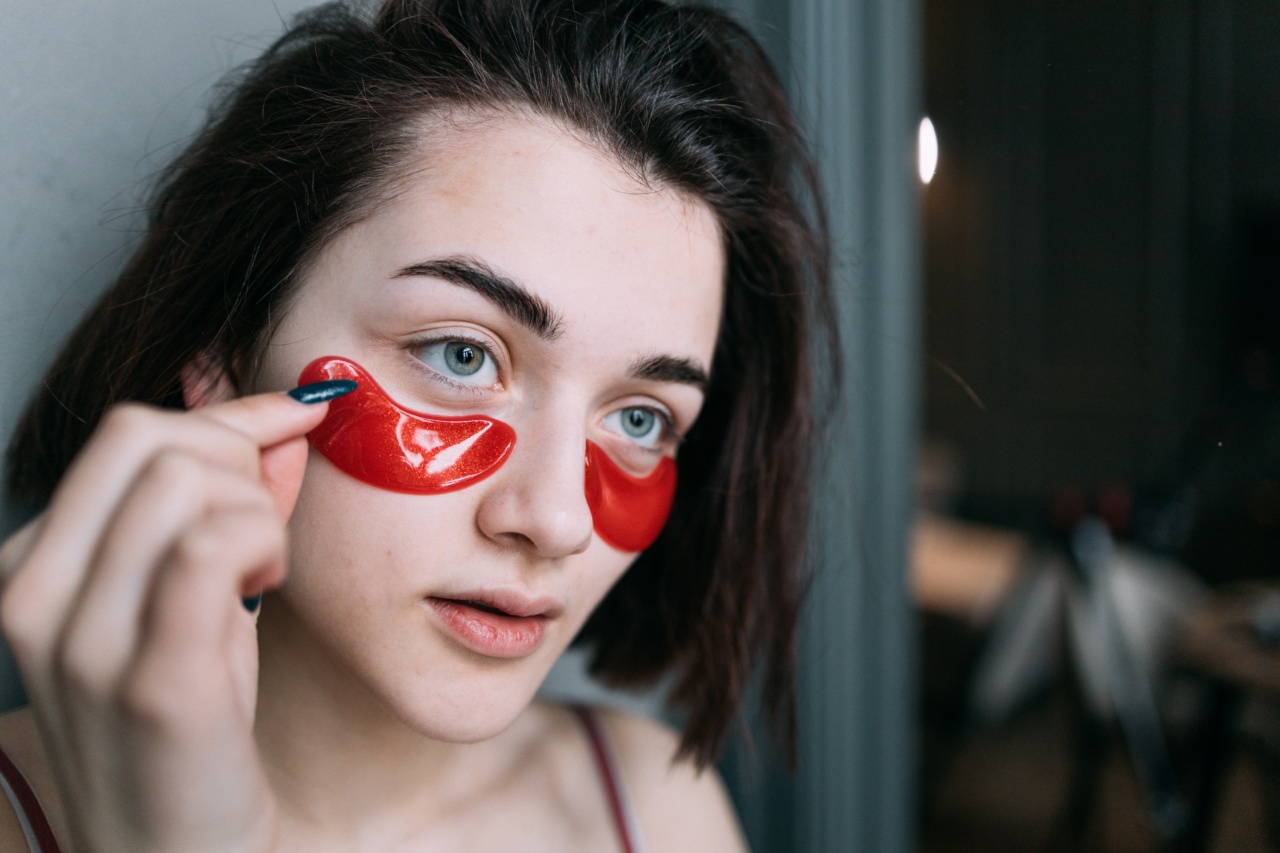Eye blushing, also known as conjunctival hyperemia, is the redness or reddening of the white of the eye due to the dilation of the tiny blood vessels in the conjunctiva.
It is a common condition that can be caused by a variety of factors ranging from environmental irritants to underlying medical conditions. This article aims to provide a comprehensive guide on the causes and treatment options for eye blushing.
Causes of Eye Blushing
Eye blushing can be caused by many factors depending on the sensitivity of the individual’s eyes. Some of the most common causes are:.
Allergies
Allergies are one of the most popular causes of eye blushing. Allergens such as pollen, dust, or pet dander can irritate the conjunctiva, leading to an outbreak of redness.
Environmental irritants
Exposure to environmental irritants such as smoke, dust, and chemicals can also cause eye blushing.
Dry eyes
Dry eyes occur when the eyes fail to produce adequate tears, or when the tears evaporate too quickly. This can lead to itching, stinging and redness of the eyes.
Infections
Infections such as viral conjunctivitis, bacterial conjunctivitis or pink eye can also cause eye blushing. These infections can cause inflammation and redness of the eyes as well as discharge or crusty eyelids.
Medical conditions
Medical conditions such as glaucoma, uveitis, or iritis can also cause eye blushing. These conditions cause inflammation and increased blood flow to the eyes, which can lead to redness.
Treatment Options for Eye Blushing
The treatment for eye blushing depends on the underlying cause. In most cases, eye blushing can be treated at home with simple solutions such as:.
Eye drops and artificial tears
Using over-the-counter eye drops or artificial tears can help alleviate the symptoms of eye blushing caused by dry eyes and other environmental factors.
Warm or cold compresses
Applying a warm compress or cold compress to the eyes can help reduce inflammation and soothe the eyes.
Avoiding allergens and irritants
Avoiding exposure to allergens and environmental irritants can help prevent eye blushing. Using air filters and keeping windows shut can help reduce exposure to irritants such as pollen and dust.
Avoiding eye strain
Staring at digital screens for prolonged periods can cause eye strain and eye blushing. Taking regular breaks and blinking frequently can help prevent eye strain.
When to Seek Medical Attention
If home remedies do not work or if the eye blushing persists for more than a few days, it is important to seek medical attention. Eye blushing caused by underlying medical condition requires prompt medical attention.
It is also necessary to see a doctor if there is accompanying pain, swelling, or discharge.
Conclusion
Eye blushing can be an everyday occurrence that resolves on its own or a symptom of an underlying medical condition.
By understanding the causes and treatment options for eye blushing, individuals can manage their symptoms effectively and prevent further complications from developing.





























